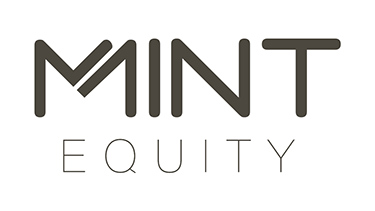In a recent interview with Sky News Business Australia, the HSBC Chief Economist, Paul Bloxham sounded the alarm about the potential for a market crash and its connection to the Australian cash rate. In this article, we will delve deeper into the insights provided by HSBC's chief economist and explore the critical link between Australian cash rate movements, the Australian dollar (AUD), and the US dollar (USD), as well as the influence of the USD-AUD exchange rate on the Reserve Bank of Australia's (RBA) monetary policy decisions.
Weaker AUD triggers RBA's consideration for cash rate adjustment
The fluctuating dynamics of global currencies have always had a profound impact on domestic economic policies. In the interview with Sky News Business Australia, the intricacies of these impacts were discussed, focusing on how a weaker Australian dollar (AUD) against the US dollar (USD) might influence RBA Governor Michelle Bullock and the Monetary Policy Board to consider a potential increase in the cash rate.
The AUD-USD influence
The relationship between the AUD and USD is a critical indicator watched by financial experts and policymakers alike. Given the USD's status as the world's leading reserve currency, its strength or weakness invariably affects other currencies. For Australia, a weaker AUD against the USD could have mixed implications.
Import-price inflation
A significant reason why a weaker AUD might prompt the RBA to raise the cash rate lies in the realm of import-price inflation. As the AUD falls against the USD, the cost of goods imported from the US and other countries (whose trade is majorly denominated in USD) increases. For a country like Australia, with substantial imports, this can lead to a general rise in price levels, contributing to inflation.
Governor Bullock and the RBA maintain a strong mandate to keep inflation within a manageable range, typically between 2-3%. A weaker AUD risks pushing inflation beyond this comfort zone, which could prompt the RBA to use higher cash rates as a tool to stabilize prices. Higher interest rates can temper inflation by reducing spending and investment, as borrowing costs increase, thereby potentially strengthening the AUD through higher foreign investment inflows seeking higher returns.
Stabilising economic growth
Furthermore, a rapidly depreciating AUD can signal broader economic issues, such as diminishing investor confidence or significant capital outflows. It's within the RBA's interest to ensure stable economic growth, and a stable currency plays a big part in this. By potentially increasing the cash rate, Governor Bullock would be aiming to restore investor confidence, thereby encouraging investment in Australian assets and helping to stabilize the AUD.
Balancing act
However, any decision to adjust the cash rate isn't made lightly and involves a careful analysis of various economic indicators. The RBA, under Governor Bullock's leadership, would have to weigh the benefits of curbing inflation and encouraging investment against the potential drawbacks of higher borrowing costs that could impact sectors such as housing and retail, which are sensitive to interest rate changes.
In the intricate ballet of monetary policy, the value of the AUD against the USD holds significant sway. The interview highlighted that while a weaker AUD has certain economic benefits, such as increased export competitiveness, the potential inflationary effects and its impact on economic stability and consumer purchasing power are of great concern. These are the key reasons why a weaker AUD could see Governor Michelle Bullock and her team at the RBA leaning towards an increase in the cash rate, underlining their commitment to maintaining the economic stability and sustainable growth of Australia.
Further reading
Aussie dollar slump makes Bullock’s rates juggling act harder - Sydney Morning Herald 6 October 2023

